Join me as I unravel the history, characteristics, and enduring legacy of this stunning aesthetic that continues to captivate hearts and minds today. Let's embark on a journey through the golden age of the Art Deco style.
Art Deco is an influential artistic and design movement that emerged in the early 20th century. With its sleek lines, symmetrical patterns, and opulent materials, Art Deco design also often features stylised representations of flora and fauna, sunbursts, and geometric motifs.
Art Deco represents a harmonious blend of modern aesthetics and ornamental details. It is an iconic design language that captures the spirit of the Roaring Twenties and continues to delight with its timeless allure and distinctive visual appeal. It exudes elegance, luxury, and sophistication and has left an indelible mark on architecture, fashion, visual arts, and even everyday objects.
From the iconic works of renowned designers like Jacques-Émile Ruhlmann and Émile-Jacques Ruhlmann to the exquisite artistry found in the luxurious interiors of Parisian salons and hotels, French Art Deco showcases the pinnacle of refined aesthetic expression and remains a testament to France's enduring artistic legacy.
A Brief Timeline History of Art Deco
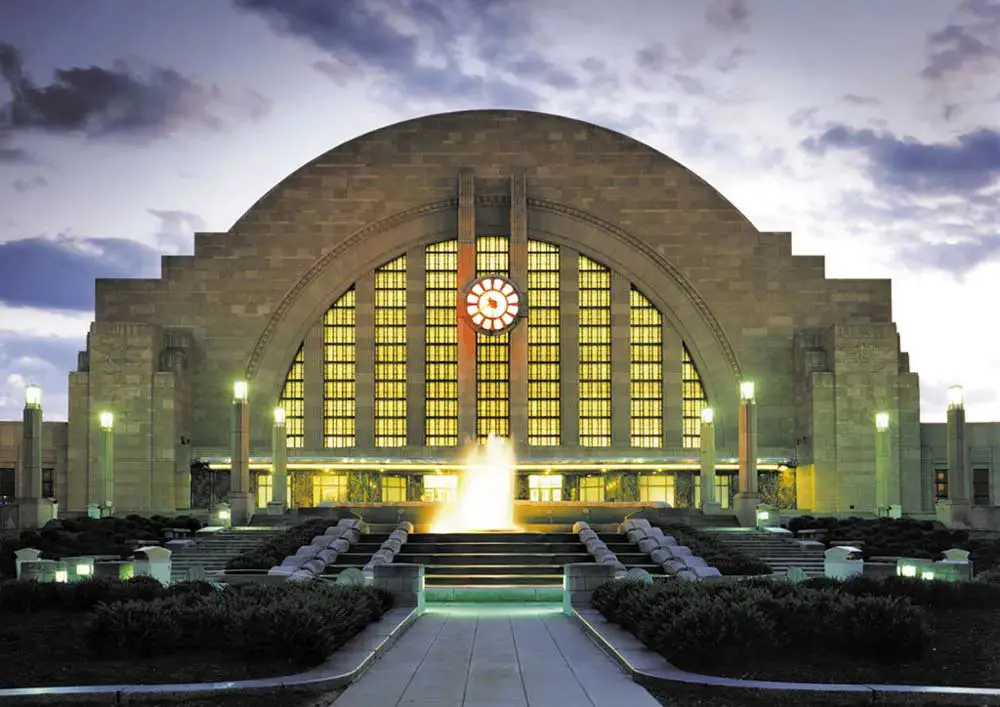
Image credit: cntraveler.com
1910's
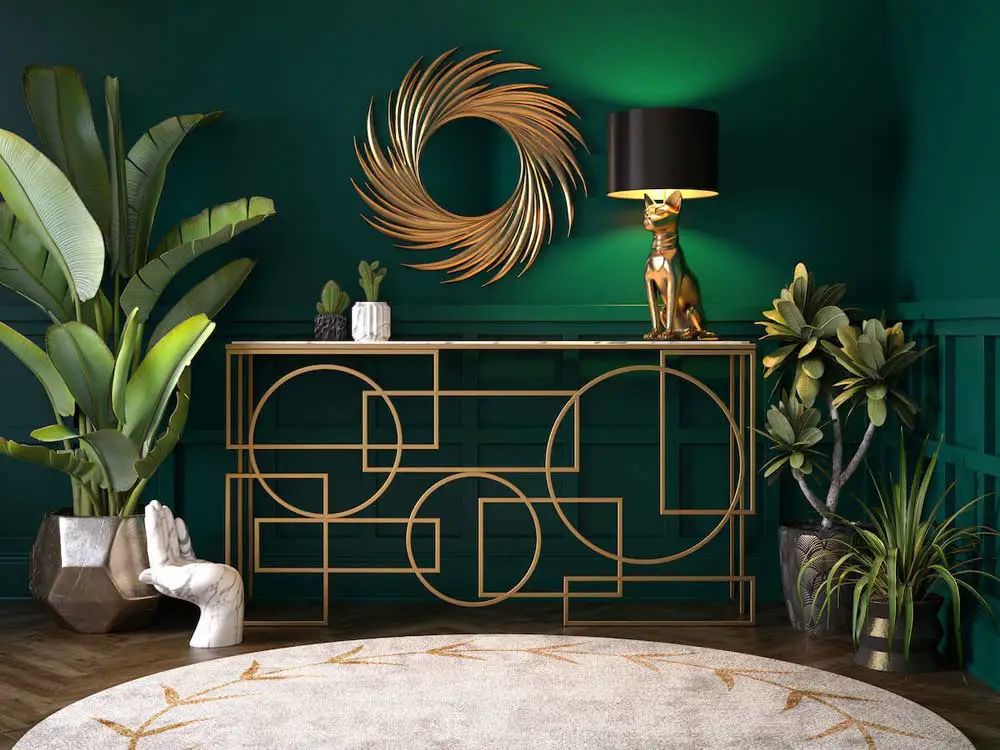
Image credit: coasterfurniture.com
The Art Deco movement began to take shape in the early 20th century, emerging as a response to the elaborate and ornate styles of the Art Nouveau movement. It drew inspiration from various artistic influences, including Cubism, Futurism, and the geometric forms of ancient art.
1920's
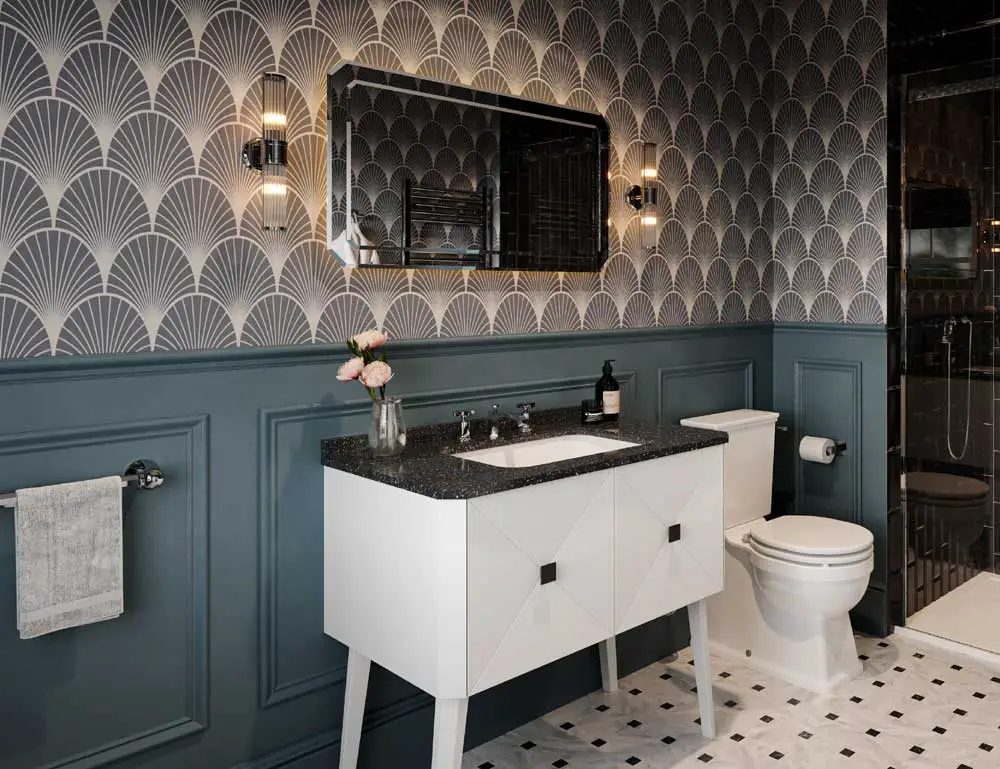
Image credit: saneux.com
The 1920s marked the peak of Art Deco's popularity and it became the dominant aesthetic of the era, influencing architecture, interior design, fashion, and the decorative arts. Notable examples of famous Art Deco buildings and Art Deco architecture during this time include the iconic Chrysler Building in New York City, the Empire State Building, and the Palais de Tokyo in Paris.
1930's
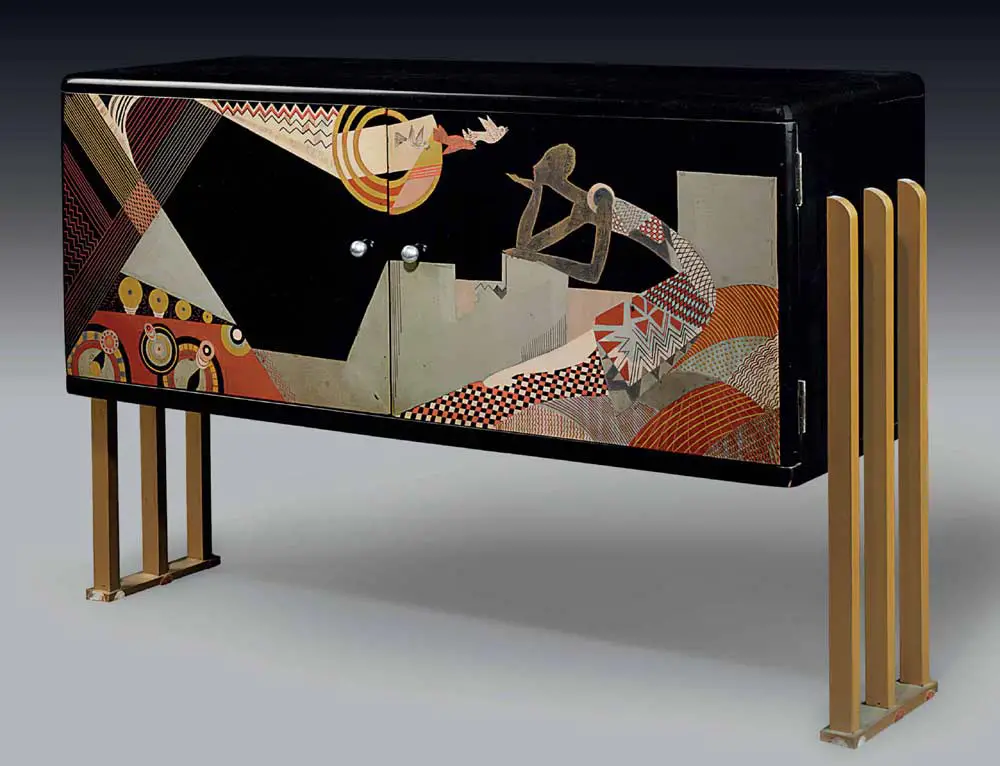
Image credit: magazine-artland.com
Art Deco design continued to thrive throughout the 1930s, particularly in the realm of design and industrial production. The style became more streamlined and sleek, reflecting the influence of the Machine Age and the growing interest in mass production.
1940s Onwards
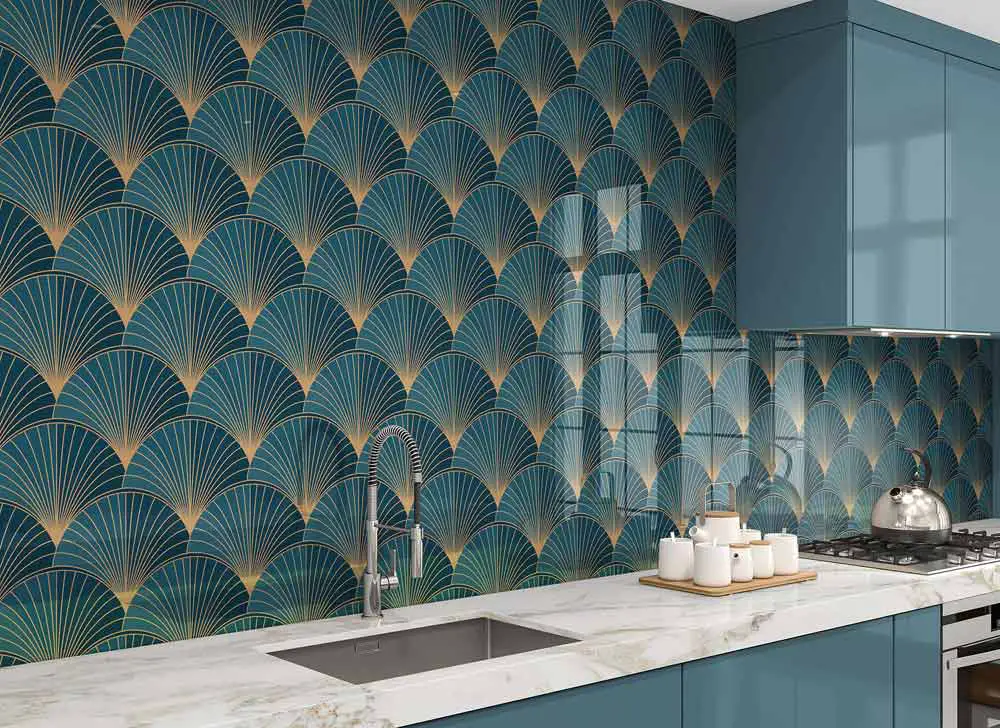
Image credit: rocksaltprints.com
With the onset of World War II and the shift towards more minimalist and functional designs in the post-war period, the popularity of Art Deco designs waned. However, its influence endured, and a resurgence of interest in the style emerged in the 1960s and beyond, leading to a renewed appreciation for its timeless elegance and aesthetic appeal.
Frequently Asked Questions:
What Does Art Deco Mean ?
The words "Art Deco" are an abbreviated form of "Arts Décoratifs," which translates to "decorative arts" in French. The term was coined to represent an artistic and design movement that surfaced in the early 20th century. It reflects the movement's focus on the integration of art and design into various aspects of everyday life.
The words "Art Deco" encapsulate the movement's mission to bring artistic expression and beauty into functional objects, spaces, and experiences, ultimately blurring the line between art and everyday life.
When Was the Art Deco Period ?
The Art Deco period spanned from the 1920s to the 1930s.
What Was Art Deco Influenced By ?
Art Deco design was influenced by a diverse range of artistic and cultural sources. It drew much of its inspiration from design movements such as Cubism and Futurism. The geometric patterns and clean lines found in ancient art, particularly from Egypt and Mesoamerica, also played a significant role in shaping the Art Deco aesthetic.
What are the Main Characteristics of Art Deco ?
The main Art Deco characteristics include bold geometric shapes, streamlined forms, stylised representations of flora and fauna, sunbursts, and a fusion of modernist and decorative elements. The use of sleek lines, symmetrical patterns, and luxurious materials are all prominent elements.
What are the Different Types of Art Deco?
Art Deco encompassed various substyles and interpretations across different artistic disciplines. In architectural style, there were distinct techniques such as Zigzag Moderne, which used zigzag patterns and chevrons within its designs, and Streamline Moderne, featuring smooth, aerodynamic lines.
In the realm of interior design, there was the opulence of Hollywood Regency with its rich materials and glamorous accents. When it comes to fashion, designers like Coco Chanel popularised the sleek and sophisticated style known as "robe de style."
Finally, the decorative arts saw the influence of Egyptian Revival, with motifs inspired by ancient Egyptian art and culture.
What is the Difference Between Art Deco vs Art Nouveau ?
Art Deco and Art Nouveau are two distinct artistic movements that emerged during different periods in history. Art Nouveau flourished in the late 19th and early 20th centuries, while Art Deco was post this in the 1920s and 1930s.
Art Nouveau celebrated flowing, organic forms, inspired by natural elements such as flowers, vines, and curves. In contrast, Art Deco embraced geometric shapes, sleek lines, and a more streamlined aesthetic.
Art Nouveau often featured intricate ornamentation and craftsmanship, while Art Deco opted for the use of modern materials like chrome, glass, and plastic, with an emphasis on luxury and opulence.
What is Modern Art Deco ?
Modern Art Deco refers to a contemporary interpretation and revival of the classic Art Deco style. It incorporates the core principles and aesthetic elements of Art Deco but adapts them to suit the sensibilities and design trends of the present day.
The modern Art Deco era makes use of clean lines, geometric shapes, and bold patterns while incorporating contemporary materials, finishes, and technologies. This revival often balances the timeless elegance of Art Deco with a more minimalist and contemporary approach, resulting in a fresh and updated take on the style.



 Author: Matthew Chiappini
Author: Matthew Chiappini